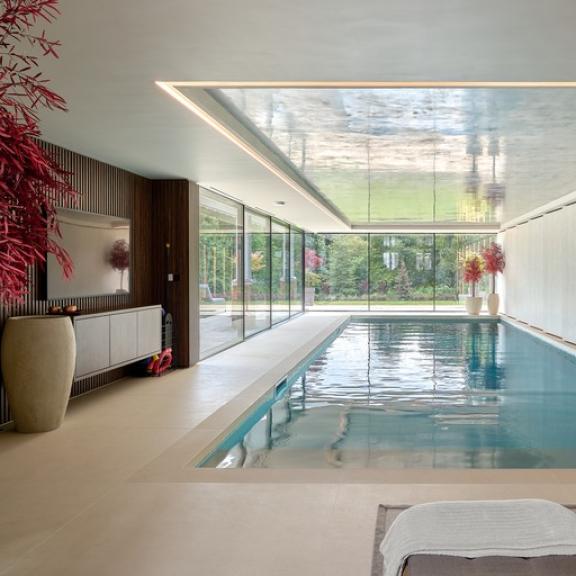Building Regulations For Interior Designers: Ventilation In Dwellings
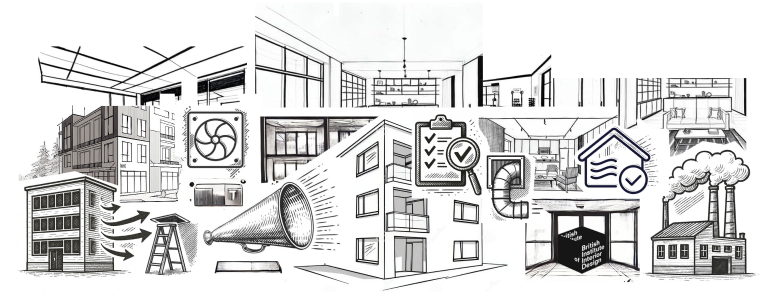
The Building Regulations 2010 legislation ensure the healthy and safety of people inside buildings. Proper ventilation is one of the most important aspects due to the risk of mould and air pollution. Approved Document F provides guidance on ventilation in dwellings, we have highlighted your interior design responsibilities below.
Why are Ventilation Regulations Important to Interior Designers?
Interior designers, along with agents and contractors, are responsible for building work, and they should have the correct knowledge to implement regulations. If you are planning building work, you may also have to inform an approved inspector or the local authorities. However, the regulations are different for buildings of an unusual design, mixed-use buildings, or those of a historic nature. If you are unsure whether your designs meet regulations, you should seek the involvement of a building control body. If your designs do not conform with legalities, you could be prosecuted.

Why are Ventilation Regulations Important to Interior Designers?
It is the responsibility of everyone who works on a building’s ventilation to follow the current building regulations, including interior designers. You should have the correct knowledge to follow these guidelines. If you do not follow these regulations, you could be prosecuted. For information and support, you can speak to your local building control body.
What Do Interior Designers Need to Know?
Interior designers must ensure that dwellings are properly ventilated. The regulations differ for storage units, garages, and unpopulated buildings. Any ventilation system should dilute and remove internal pollutants, supply the room with outdoor air, and stop external pollutants. This ventilation system should be quiet, easily accessible to maintenance crews, and produce minimal draughts.
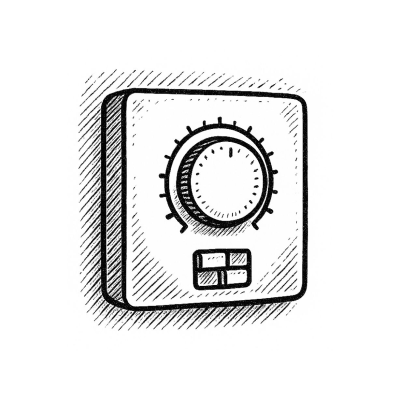
Control
Any ventilation that you use must be controllable either manually or automatically. The guidelines are more specific for background ventilators and continuously running fans. In some cases, you may use controls with humidity sensors.
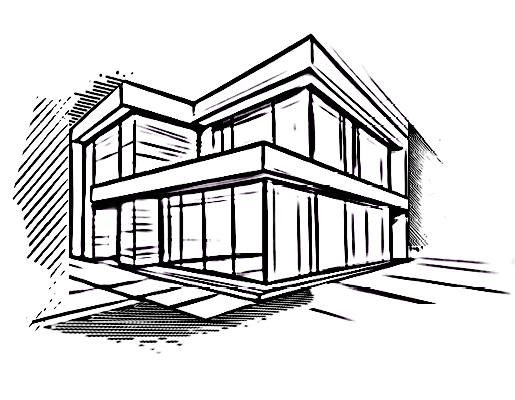
Work on Existing Buildings
If you are carrying out work on an existing building, you should make sure you meet the regulations and that these new elements are not less compliant than the previous solution. You should always check whether you need to notify local authorities. The document details the ventilation that you need to put in place, which depends on how much your work has affected the previous ventilation.
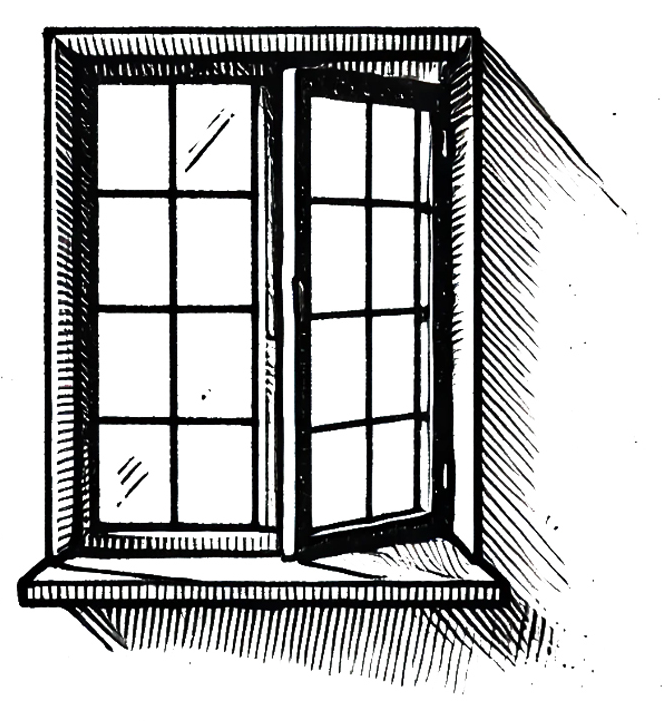
Windows
When you are replacing windows with background ventilation, the new windows should have ventilation systems of the same size and should be easily controlled. There are additional guidelines if the replacement windows increase the airtightness of a dwelling.
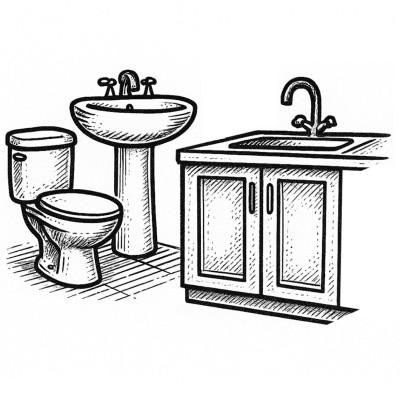
Bathroom and Kitchen Refurbishments
When you are designing a bathroom and kitchen refurbishment, you should maintain or replace any ventilation fans and check they are working properly. You only need to add extra ventilation if your new designs reduce ventilation.

Commissioning, Inspection and Testing
You need to give the owner of the building information about the dwelling’s ventilation and maintenance. It is important to test your ventilation and give the local authorities your test results within 5 days. The document includes details on testing and instructions for owners, including a Home User Guide for new dwellings. In some cases, your ventilation systems may need to be commissioned and inspected, as well as an air flow measurement test completed. The authorities must be informed that your designs have been commissioned within a certain time scale.
What Type of Ventilation Should You Use?
There are a few different types of ventilation that you can combine: extract, whole dwelling, and purge ventilation. You can use either or both mechanical or natural ventilation. If you are struggling to meet the criteria, you should seek expert advice.
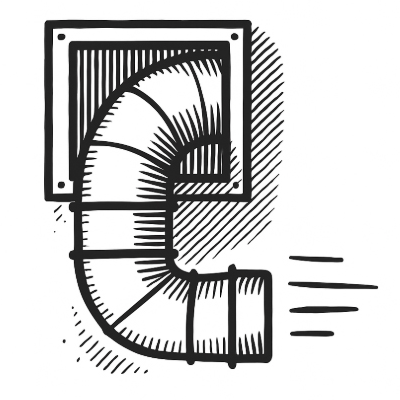
Extract Ventilation
Either intermittent or continuous extract ventilation should be used in kitchens, utility rooms, bathrooms, and sanitary accommodation. There are specific guidelines for extract terminals and fans, as well as cooker hoods. A mechanical, continuous extract ventilation system could include either or both a central extract system and/or individual room extraction fans. If you are using mechanical ventilation with heat recovery, each of your habitable rooms should use mechanical supply ventilation and avoid draughts. There are additional requirements for background ventilation when used with mechanical extract ventilation.
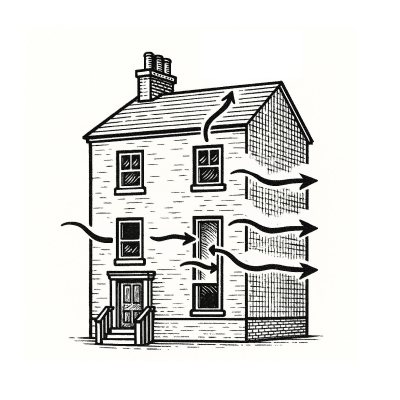
Whole Dwelling Ventilation
If you are designing a building with whole dwelling ventilation, this should be in the form of background ventilation or continuous supply fans. Any internal doors should allow the free flow of air.
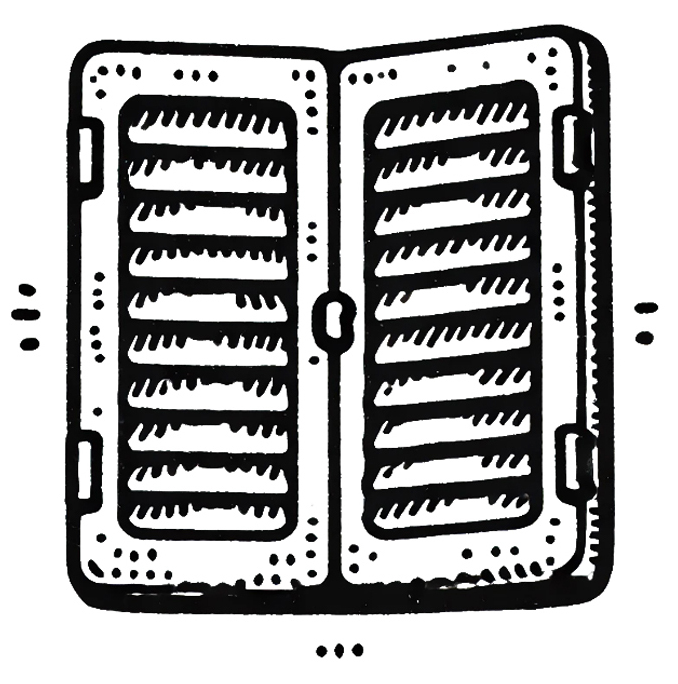
Purge Ventilation
Each habitable room should have a purge ventilation system. This might include openings or a mechanical extract ventilation system. In most cases, you must comply with a minimum opening area.

Background Ventilation
In some cases, you should use background ventilators. For instance, in all rooms with external walls. The document covers additional information on exposed facades, and the total area and number of background ventilators required. The regulations differ for dwellings with wet rooms and basements, and habitable rooms without windows.
What Should You Consider When Designing Ventilation?
Here are some considerations when designing air pollution¨:

Noise Pollution
To prevent noise pollution, ducts should be correctly sized and jointed, and the right equipment should be used and fixed securely. Any fans used must be an appropriate size.
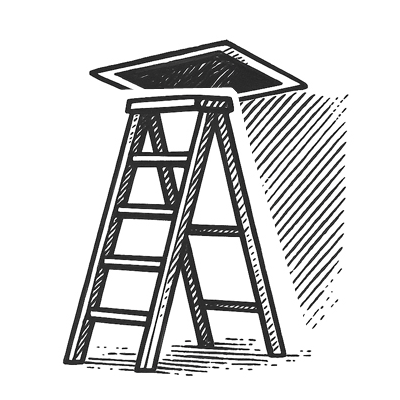
Access
It is important to allow constant access for replacement parts, duct cleaning and general maintenance.

Air Pollution
You should be aware that ventilation systems should be designed to minimise air pollution in a building. You can discover the level of pollutants by using an air quality assessment. This is important if your building is located near road traffic, a combustion plant or processes, a construction or demolition site, industrial, exhaust, or fugitive discharge, or other forms of air pollution. If urban traffic is a problem, you might install mechanical solutions. You might also locate ventilation at the side of the room furthest from the pollution and maximise air intakes. There is additional guidance for polluted courtyards, pollution that varies by time or day, and pollution that is affected by wind direction, as well as exhaust outlets.
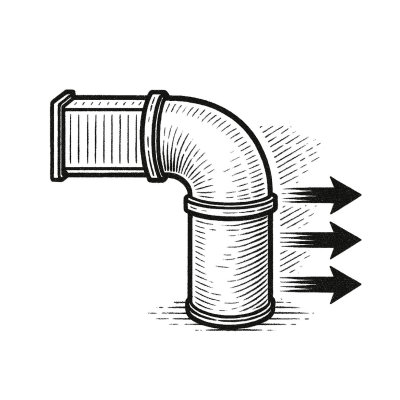
Pressure Losses
When you are designing ductwork, you should reduce pressure losses by making the duct length smaller, reducing the number of bends, and ensuring that the duct size matches the air flow rate.
Additionally, your ventilation system should be designed to meet specifications for air flow resistance. The document also covers ventilation rates, and allowable moisture and pollutant levels. There are additional guidelines for the installation of ventilation systems.
Further Information
If you are looking for further information on ventilation, you can download the Approved Document F (Ventilation) Volume 1: Buildings Other Than Dwellings online.
Disclaimer – This article has been created from HSE guidelines so that interior designers can find relevant sections. The BIID takes no responsibility for the compliance of Interior Designers and the Building Regulations 2010 based on this document.
Don't miss our Understand the Buildings Safety Act webinar on the 2nd September 2025.
Other resource in the series:
Building Regulations for Interior Designers; Fire Safety Dwellings
Building Regulations For Interior Designers: Fire Safety Buildings Other Than Dwellings
Building Regulations For Interior Designers: Ventilation In Buildings Other Than Dwellings
Explore new resources from the BIID. Seeing a padlock? Just login or become a member to view.
View the highlights from our 60th anniversary party
We asked Anna Burles: What makes the perfect software?
Discover the smart home technology awards with Platinum Partner, CEDIA
Explore the latest, member-exclusive, templates designed to make your life easier.
University of Gloucestershire wins the BIID Student Design Challenge 2025.



